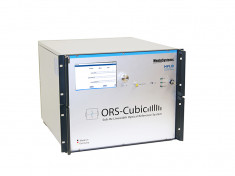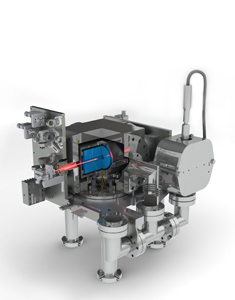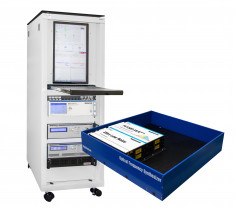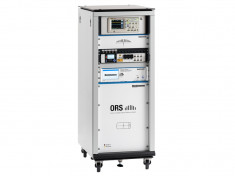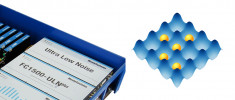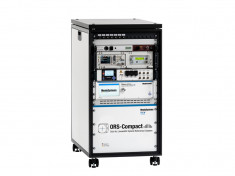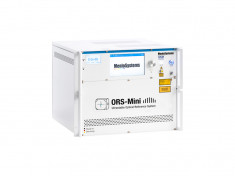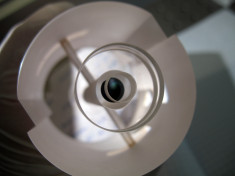Optical clocks
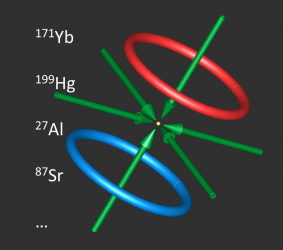
An optical atomic clock employs a clock transition in the optical or visual regime, typically between 400 and 1000 nm wavelength. Such electromagnetic oscillations are multi-THz, in contrast to the present standard cesium clocks that are based on a hyperfine transition at 9192631770 Hz. Because of the much higher oscillatory frequency, nowadays optical clocks are outrunning the accuracy of cesium clocks by several orders of magnitude.
Application Notes
- iQLOC: Ion Quantum Logic Optical Clock
- Using an Atomic Nucleus for Precise Time Measurement
- TECHNICAL ARTICLE: Ultrastable, ultraprecise, portable: How commercial ultrastable laser systems enable high-end optical clock applications
- SCIENTIFIC PUBLICATION: Real-time phase tracking for wide-band optical frequency measurements at the 20th decimal place
- SCIENTIFIC PUBLICATION: Demonstration of 4.8 × 10E−17 stability at 1 s for two independent optical clocks
- SCIENTIFIC PUBLICATION: Space-borne frequency comb metrology
- SCIENTIFIC PUBLICATION: 20 Years and 20 Decimal Digits: A Journey With Optical Frequency Combs
